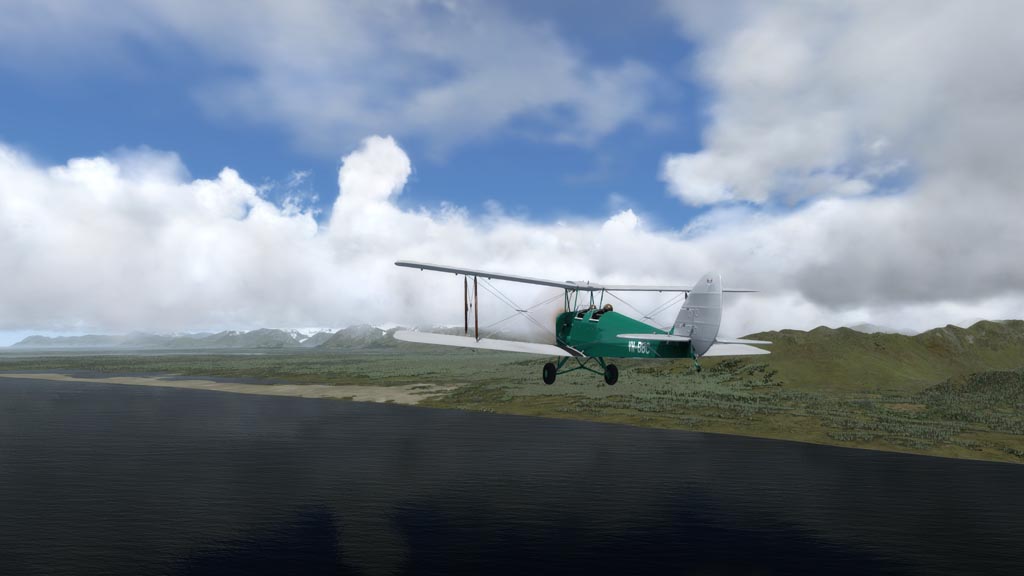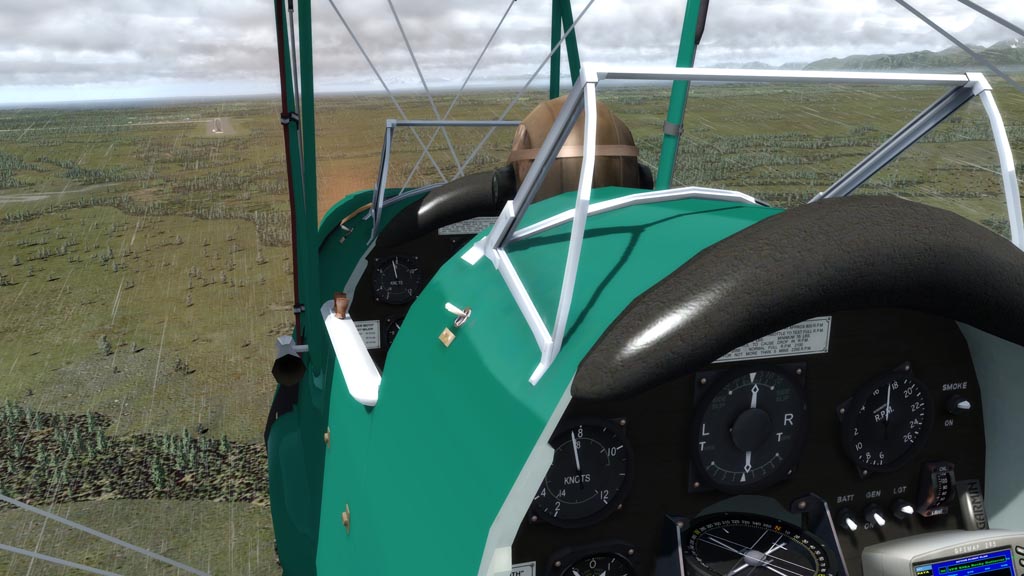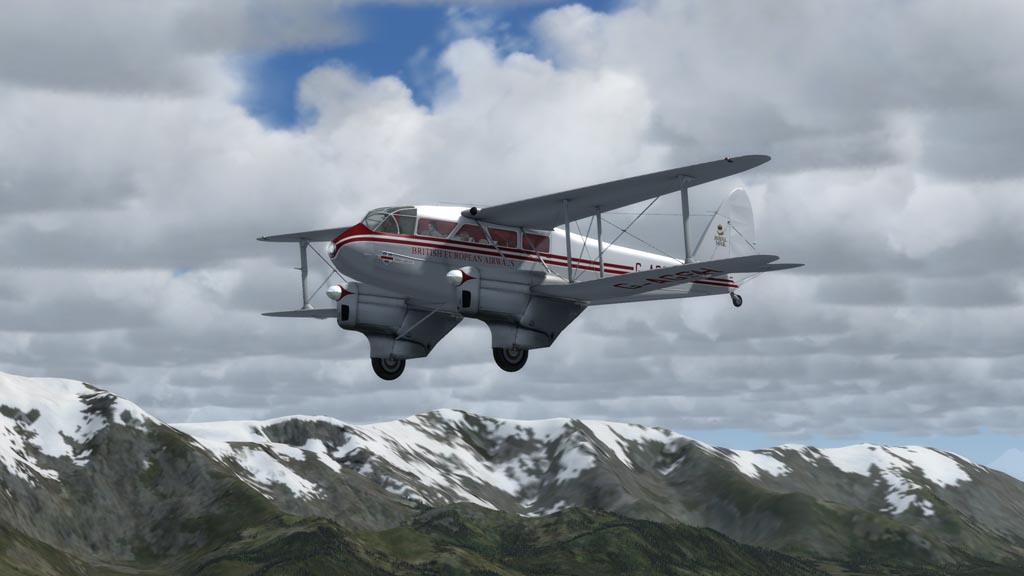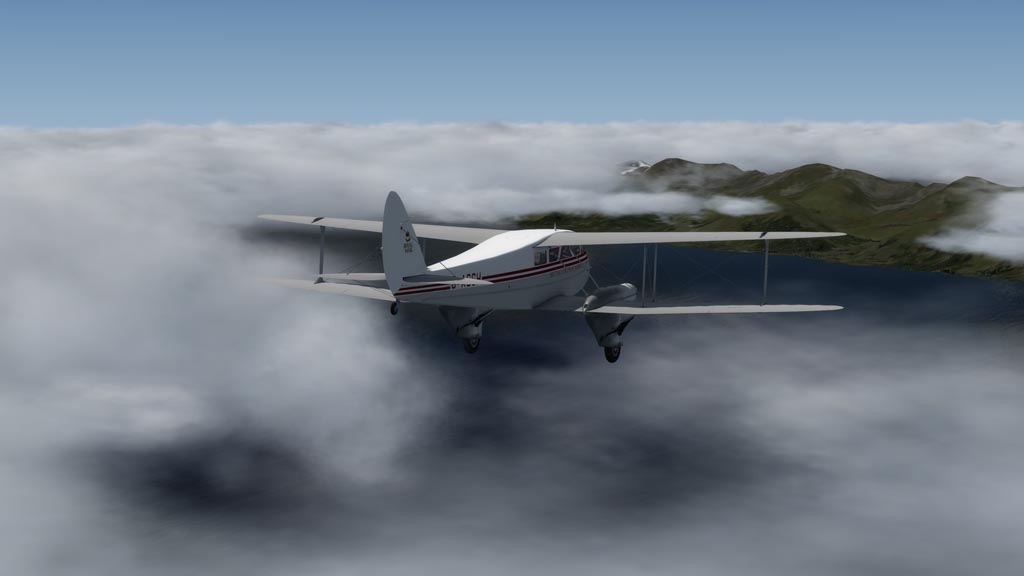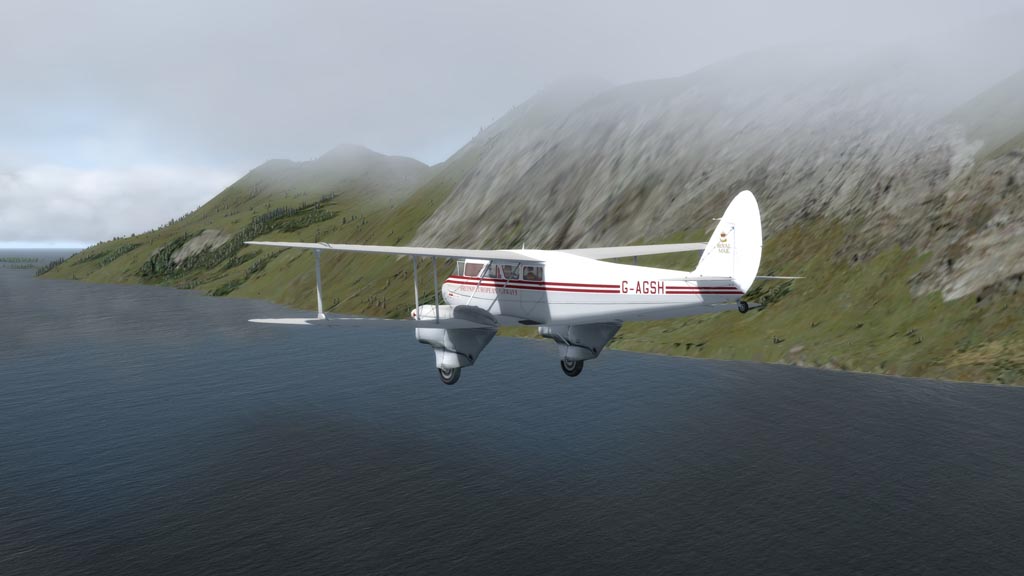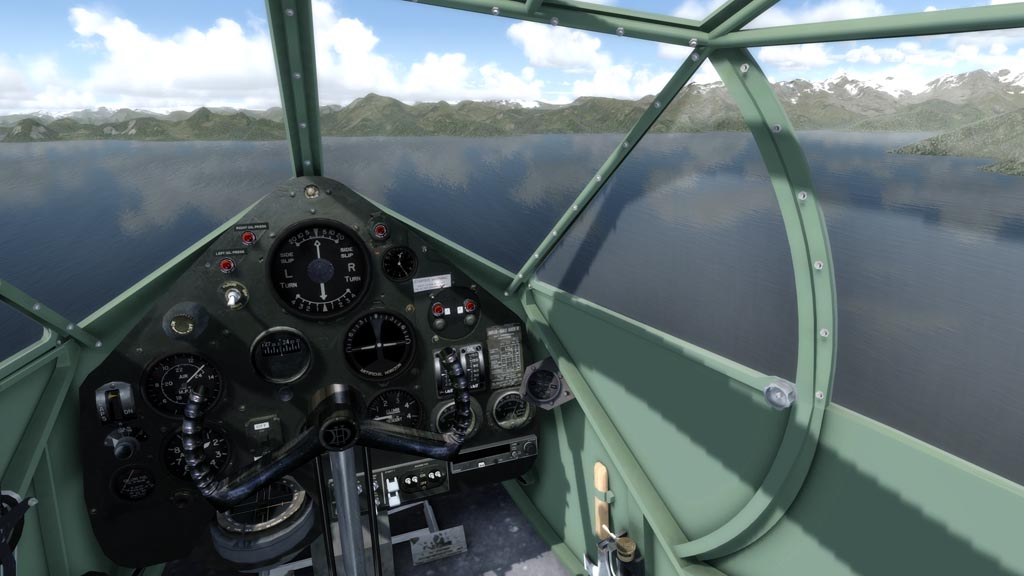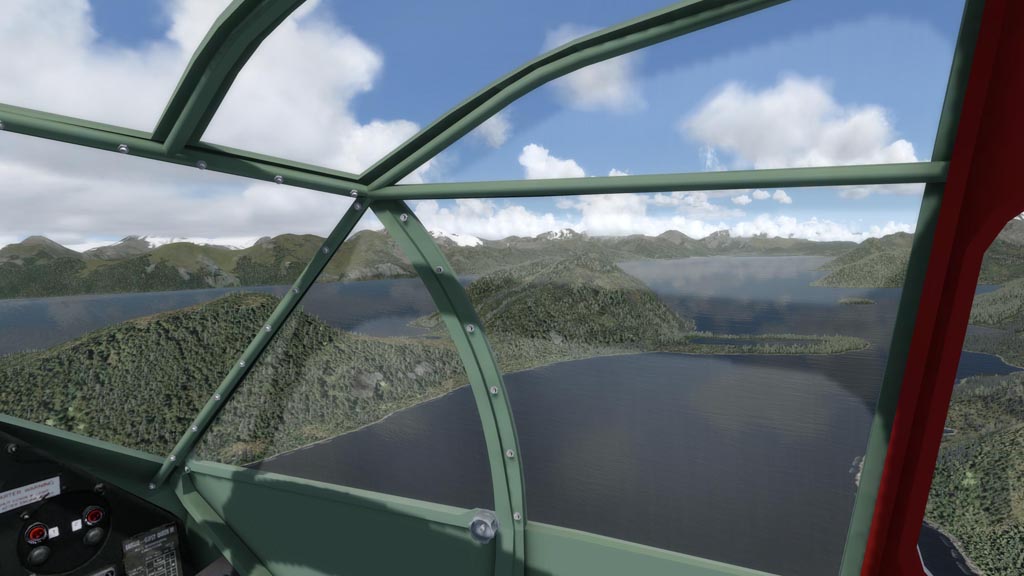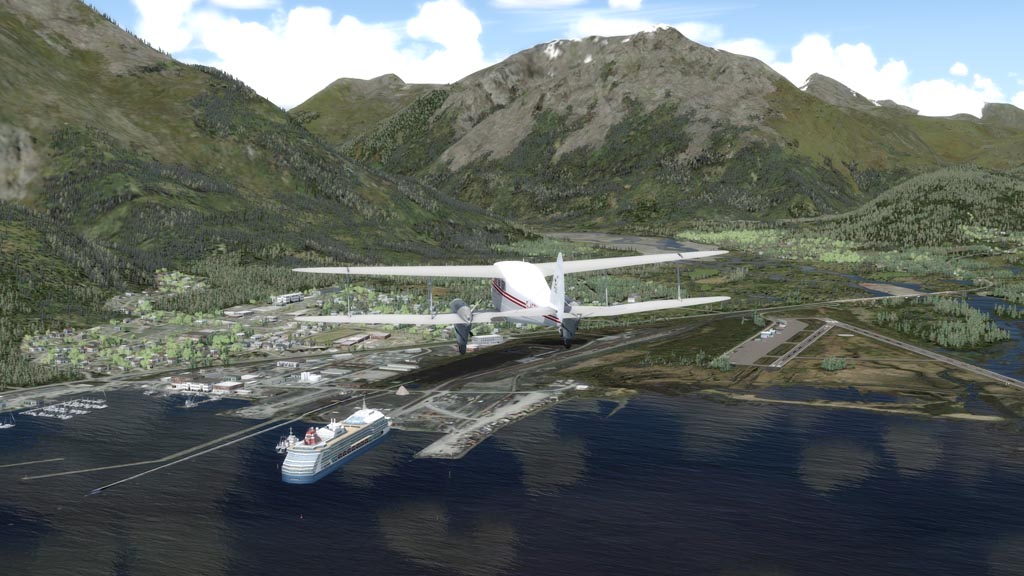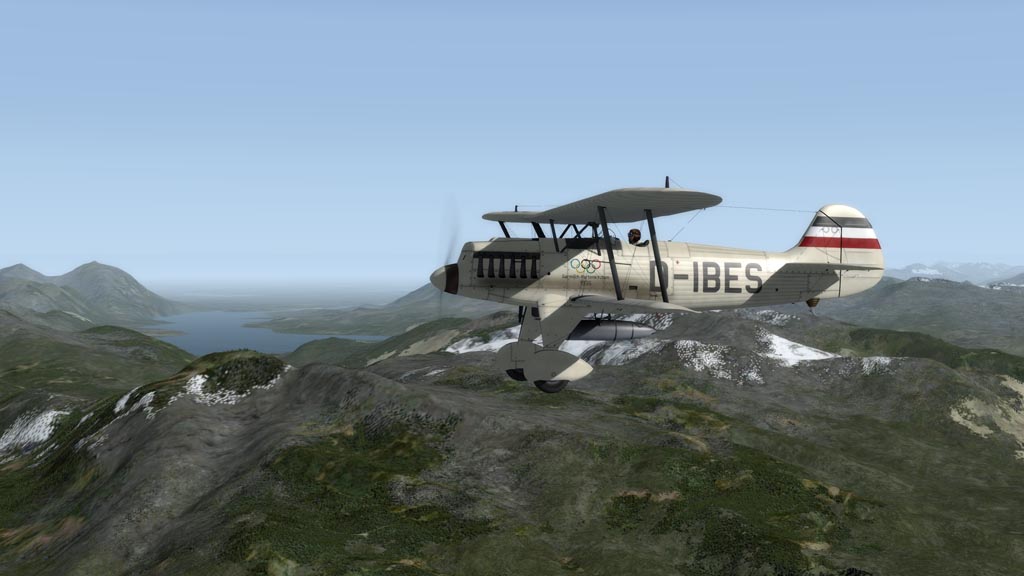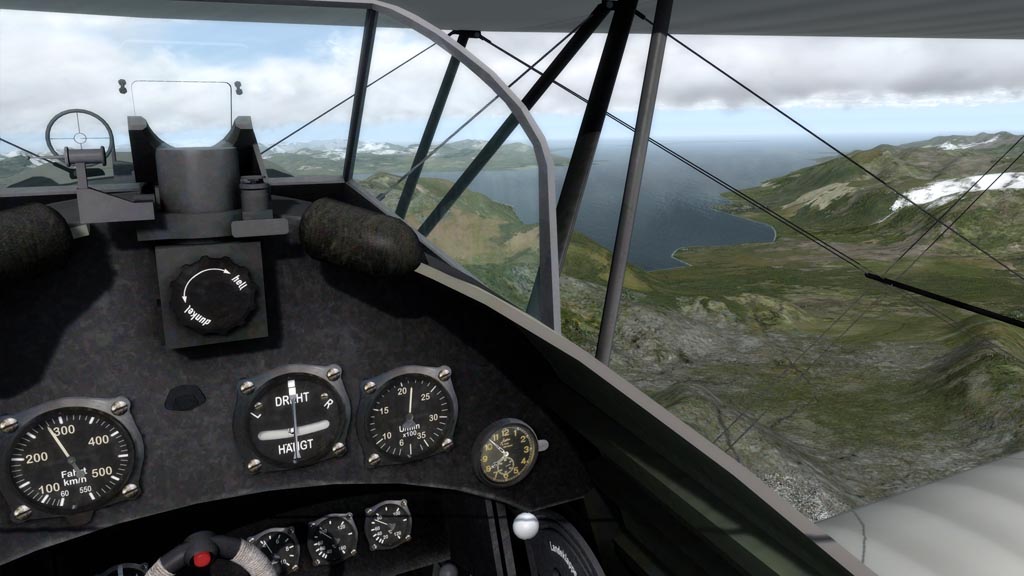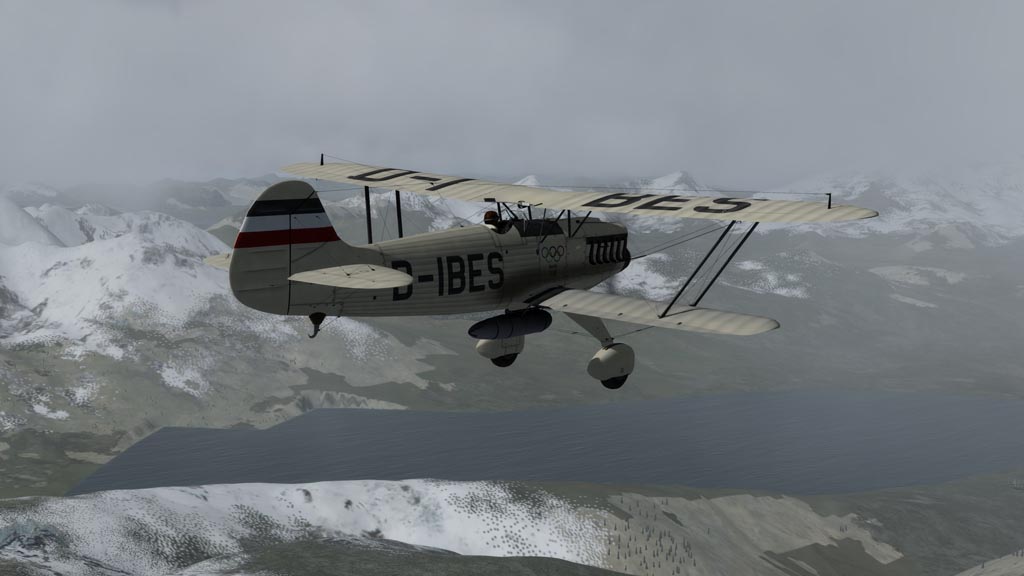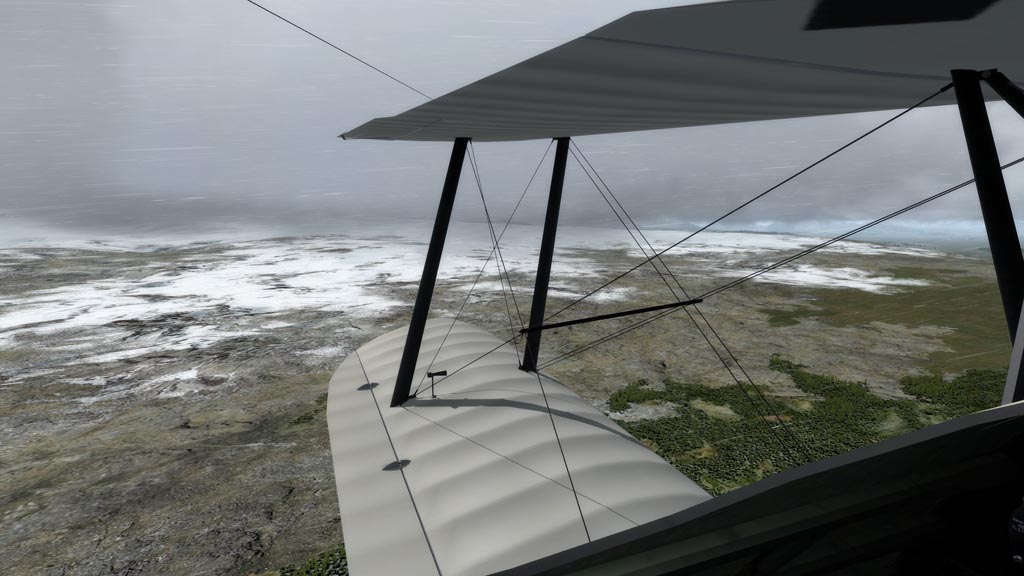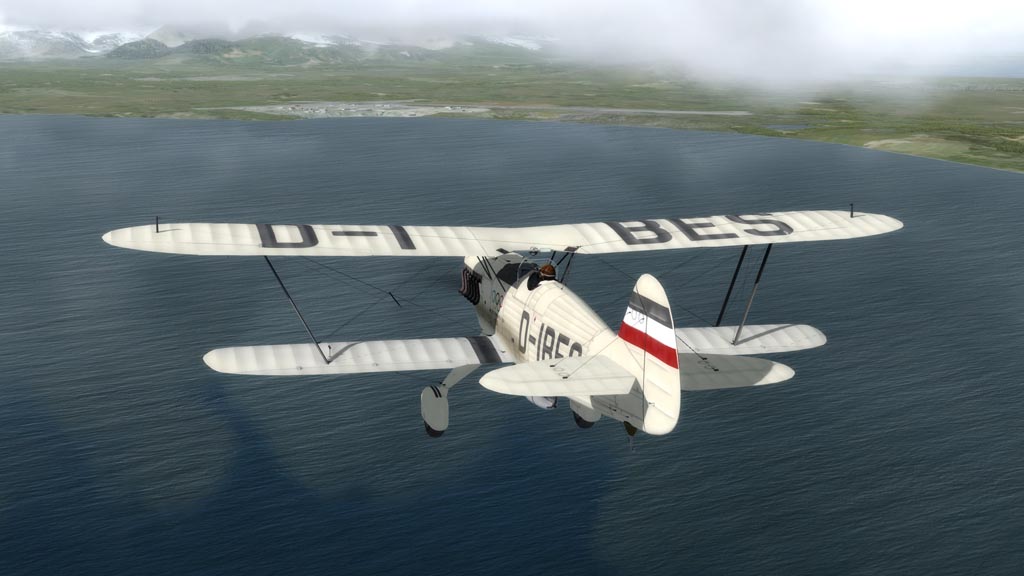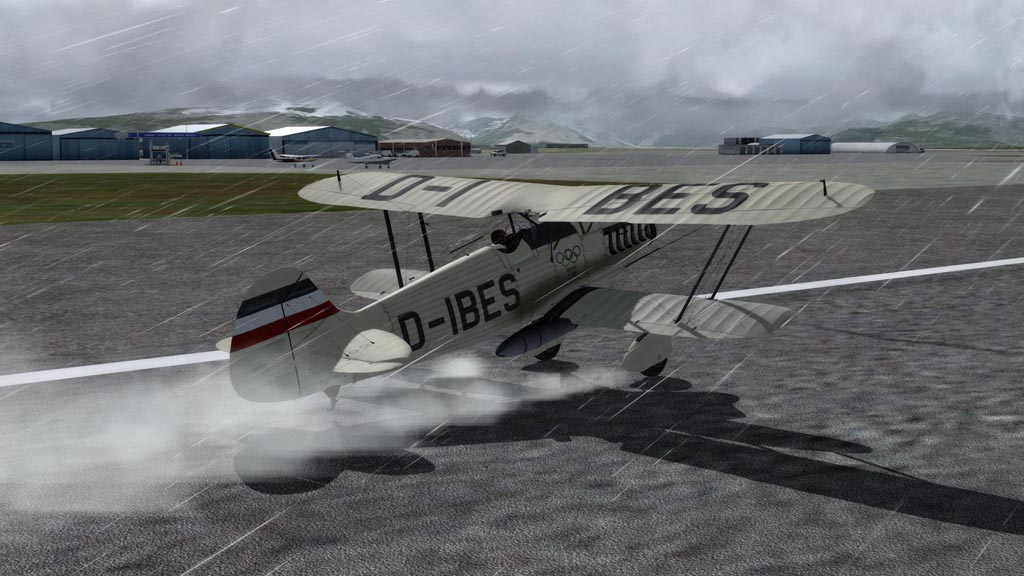blanston12
SOH-CM-2025
April 13, 1924: They could not leave on the 11th because of heavy rain. It rained, hailed and snowed on the 12th. The flyer were kept busy keeping trying to protect there aircraft that kept loosing there anchors, but on the 13th it was clear and calm so they took on extra fuel so they could reach 625 miles to Steward in case the weather was clear at their initial destination of Cordova. With Lt Wade in the lead they took off, the good weather did not last long and they flew in violent snow storms. Wade flew at 100 feet over the shore line with the others in formation behind as they tried to avoid the mountains that would loom up in their way…
June 24, 2017: Today I will by flying the de Havilland DH.82 Tiger moth. The tiger moth first flew in 1932 and was an evolution of the earlier DH.60 Moth. It was used as the primary trainer for the RAF and many other Air forces until the late 50’s and is still operated by many private individuals and flying clubs. Well over 8000 were built. Today I will be using the model built by Ant’s Airplanes and I like this model enough that it is setup as the default aircraft when I load flight sim.
There are many more capable aircraft from the early 30’s I could have used but I did not want to pass up the TM, but it does not have the range to make Steward so instead the destination will be Yakutat Alaska, 201 nm away. Conditions at Sitka were good for flying, light winds and about a 8k ceiling and started off happily around 4000 ft but soon had to drop to 1000 ft as the clouds got heavier and it started to rain. Lots of cool glaciers to see as we headed along the coast. The weather lighted up as we got close to Yakutat and the flight took 2.3 hours later. Here are a few pics from the flight.
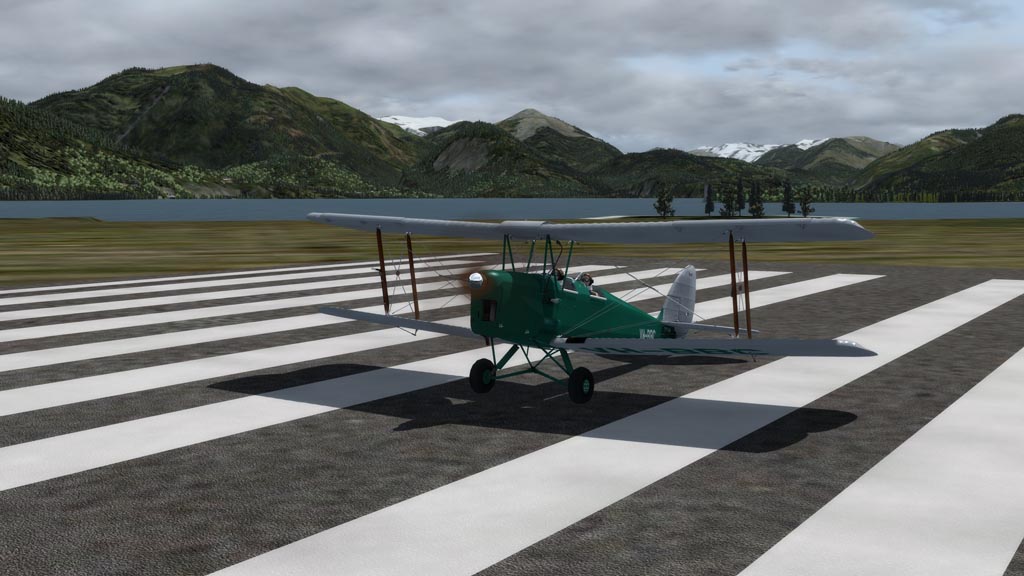
Ready for takeoff.
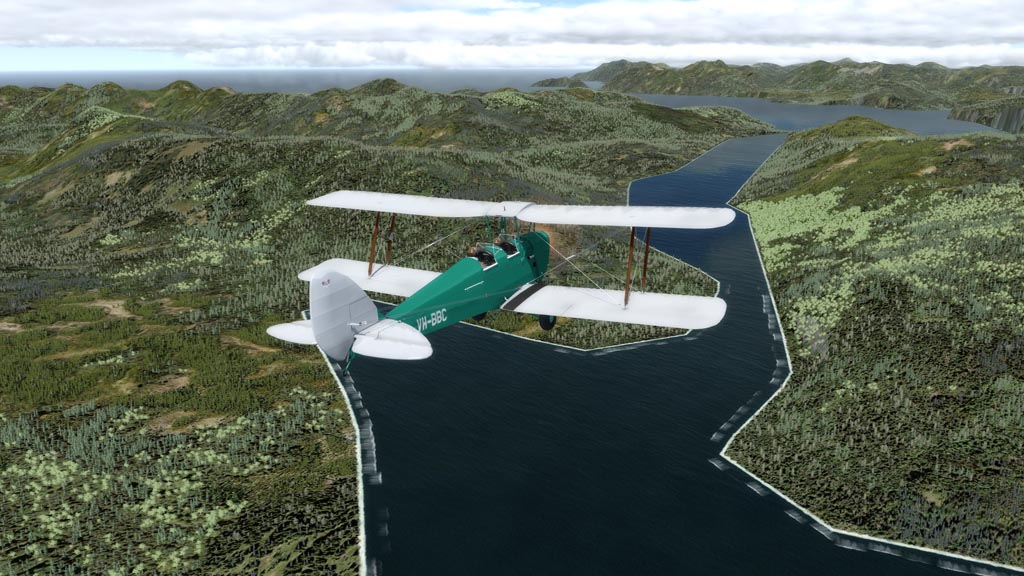
On our way, good flying weather near Sitka.
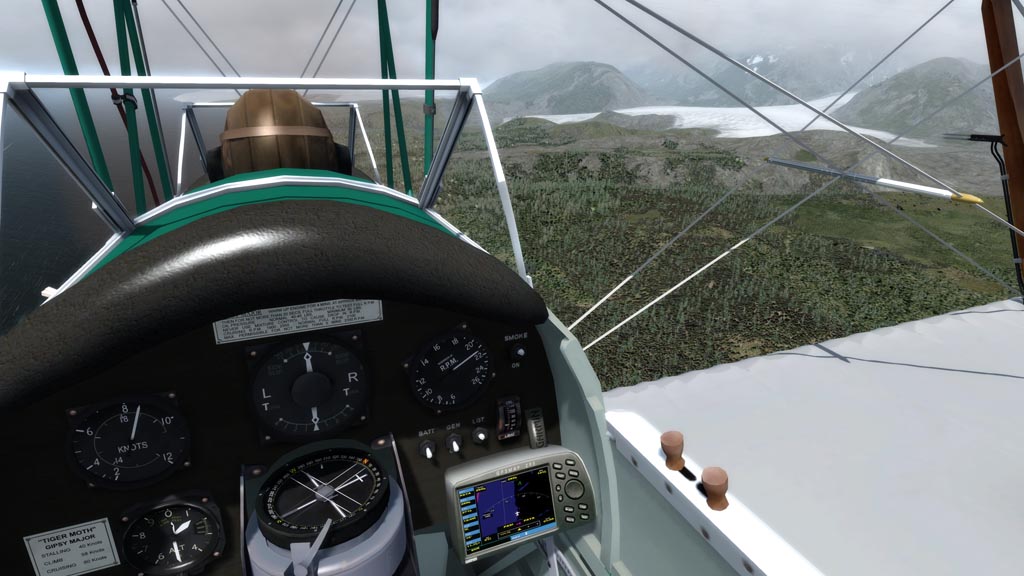
Weather is closing in, our first Glacier along the way.
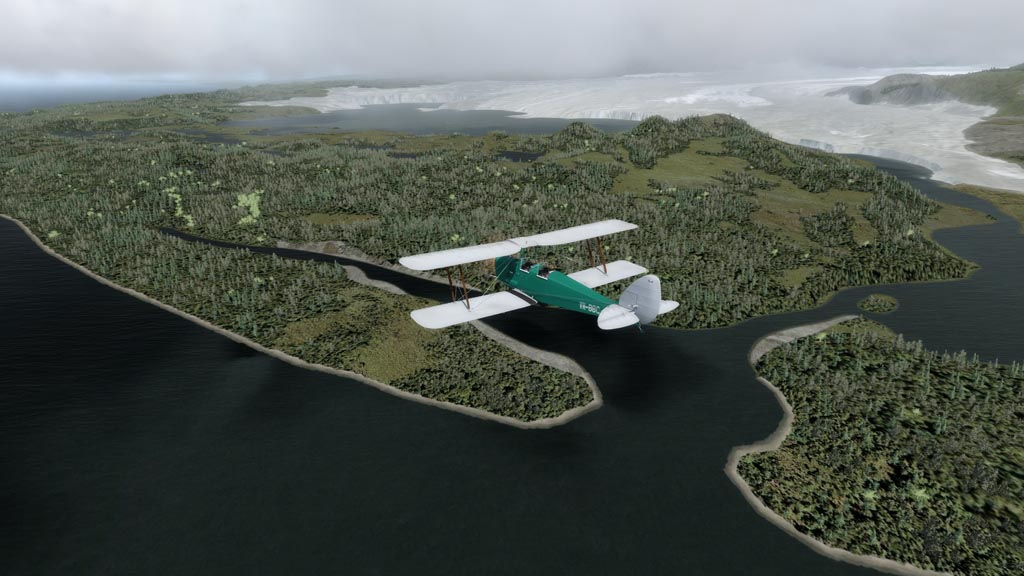
More glaciers.
June 24, 2017: Today I will by flying the de Havilland DH.82 Tiger moth. The tiger moth first flew in 1932 and was an evolution of the earlier DH.60 Moth. It was used as the primary trainer for the RAF and many other Air forces until the late 50’s and is still operated by many private individuals and flying clubs. Well over 8000 were built. Today I will be using the model built by Ant’s Airplanes and I like this model enough that it is setup as the default aircraft when I load flight sim.
There are many more capable aircraft from the early 30’s I could have used but I did not want to pass up the TM, but it does not have the range to make Steward so instead the destination will be Yakutat Alaska, 201 nm away. Conditions at Sitka were good for flying, light winds and about a 8k ceiling and started off happily around 4000 ft but soon had to drop to 1000 ft as the clouds got heavier and it started to rain. Lots of cool glaciers to see as we headed along the coast. The weather lighted up as we got close to Yakutat and the flight took 2.3 hours later. Here are a few pics from the flight.

Ready for takeoff.

On our way, good flying weather near Sitka.

Weather is closing in, our first Glacier along the way.

More glaciers.

